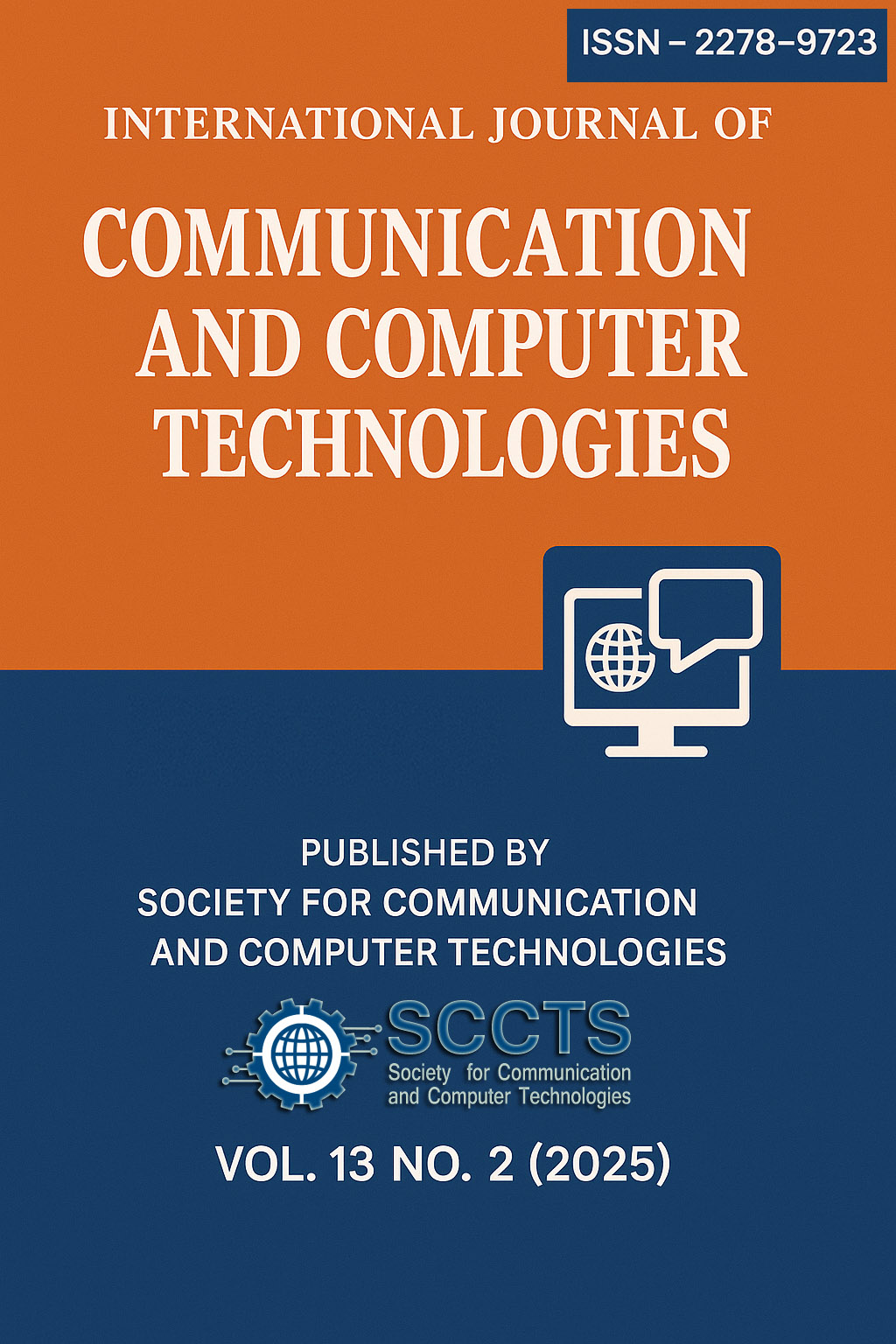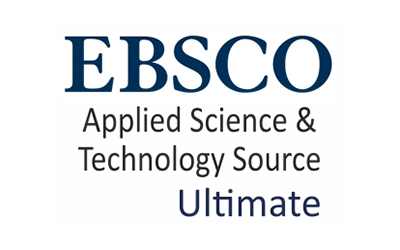AUTOMATIC STREET LIGHT CONTROL SYSTEM USING WSN BASED ON VEHICLE MOVEMENT AND ATMOSPHERIC CONDITION
Keywords:
Street lamp, LED, PC monitor, IR, PIR, LDR, IoTAbstract
Light Emitting Diode based street lighting system are becoming most common these days. But the limitation with this ordinary street light system is that it lacks of intelligent performance. It is necessary to automate the system, so that we conserve energy as well as to maximize the efficiency of the system. This paper presents a remote streetlight monitoring and controlling system based on LED and wireless sensor network. The system can be made set to run in automatic mode, which controls the streetlight. The control can make a reasonable adjustment according to the seasonal variation. This system also can run in controlled mode. This mode can take the initiative to control streetlights through PC monitor terminal. The street lamp system includes a time cut-out , and an automatic control pattern for even more electricity conserving, namely when vehicles pass by, the LED will turn on automatically, later it will turn off. Here automation of street light is done by light-dependent resistor. The system is developed with various sensors namely IR sensor for vehicles, PIR sensor for human movement detection and LDR sensor for sunlight detection. As the sensors detect the conditions, using wireless technology microcontrollers made variations in LED. As the system is made connected to Internet of Things. It helps to make automatic street light to visualize the real time updates of street light and notifying the changes occur. Also help to check the status of street light from anywhere to operate using IoT in case of any failure. As it helps to verify the energy consumption of the street light.
Downloads
Published
How to Cite
Issue
Section
License
Copyright (c) 2023 International Journal of communication and computer Technologies

This work is licensed under a Creative Commons Attribution-NonCommercial-ShareAlike 4.0 International License.




 The articles in Worldwide Medicine are open access articles licensed under the terms of the
The articles in Worldwide Medicine are open access articles licensed under the terms of the 